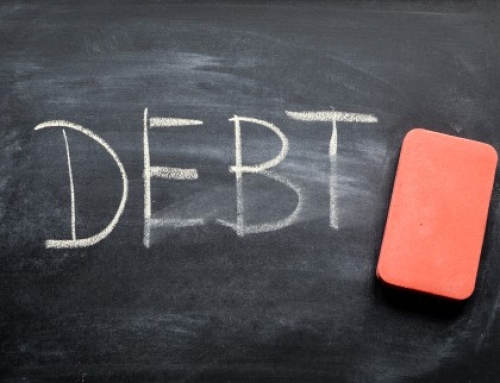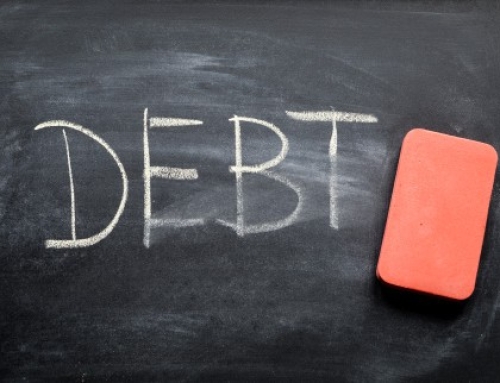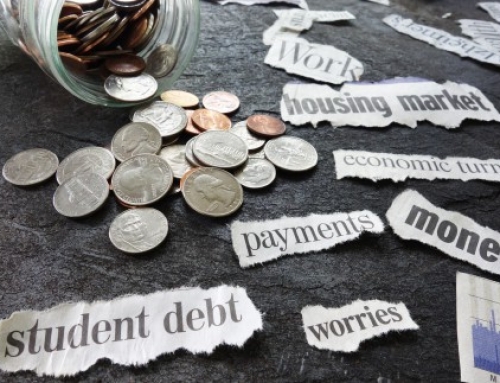The New York Fed recently published a report on how mortgage refinancing affects debt, default and household spending habits.
The Fed report was based on random access to data from HARP (Home Affordable Refinancing Program) to identify the causal effect of refinancing a mortgage on borrowers’ balance sheet outcomes.
Here is what we learned:
- On average, refinancing into a lower rate mortgage reduced borrowers’ default rates by 40%
- Refinancing cut defaults on non-mortgage debt by 25%
- Refinancing caused borrowers to expand their use of debt instruments, such as auto loans, home equity lines of credit (HELOCs) and other consumer debts that are proxies for spending
- Refinancing led to a net increase in debt equal to about 20% of the savings on mortgage payments:
- The number combines increases (new debts) of about 60% of the mortgage savings and decreases (pay downs) of about 40% of those savings
- Borrowers with low FICO scores or low levels of unused revolving credit grow their auto and HELOC debt more strongly after a refinance, but also reduce their bank card balances by more
- Refinancing was highest among borrowers that were in a relatively better financial position to begin with
CLICK HERE if you would like to see a detailed version of the Fed report.




